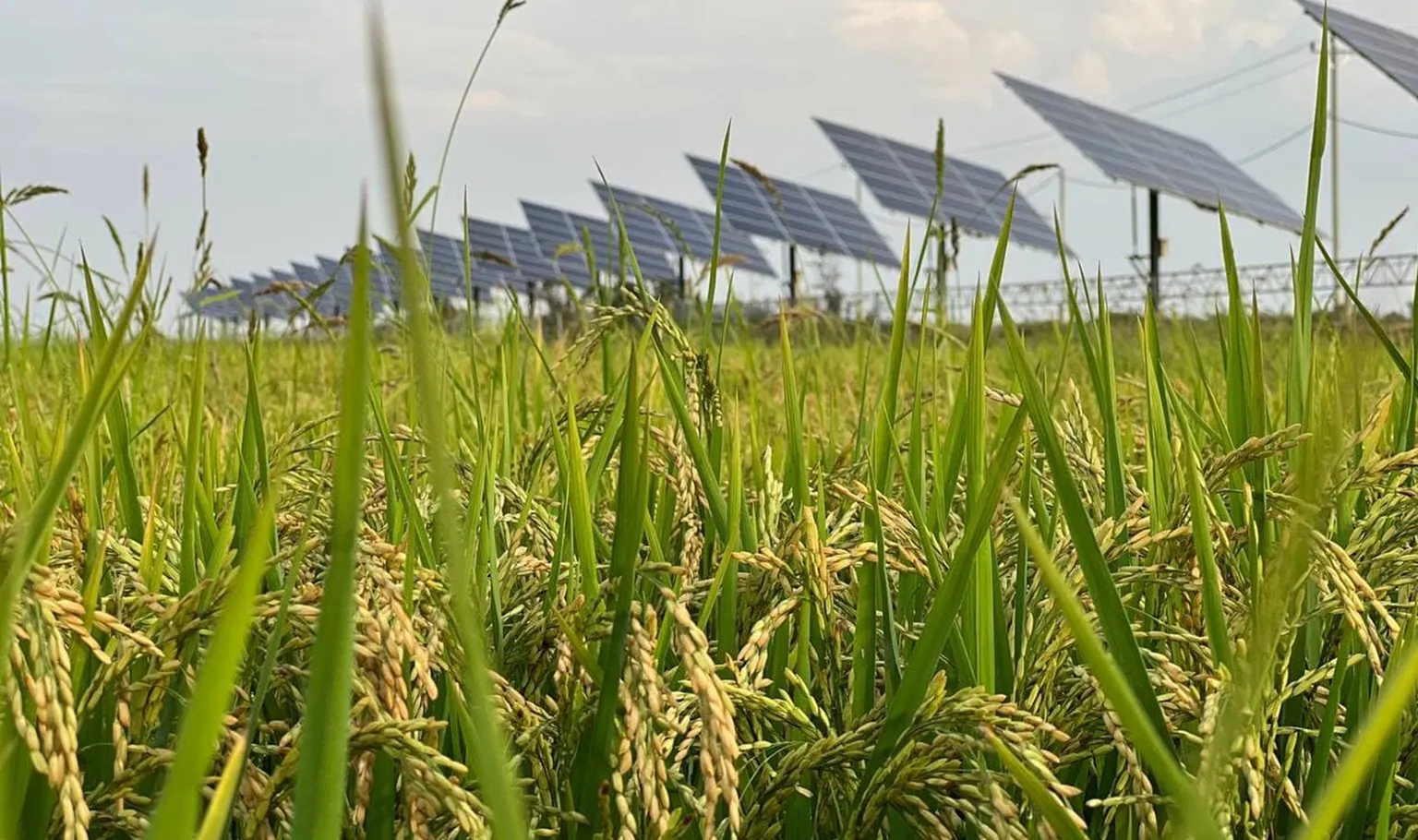Perspective | The energy divide: Who gets left behind in the global transition?

Vassilca Jeremias, Off-Grid Energy Advisor
Across the world, the ability to turn on a light, cook a meal, or power a small business is often taken for granted. Yet for hundreds of millions, energy poverty remains a daily reality—one that limits economic opportunity, deepens inequalities, and affects health outcomes.
Universal energy access is a global ambition, yet 600 million people across Africa still live without electricity. Millions more rely on polluting cooking methods that pose serious health risks and reinforce gender and income disparities. With Africa’s population projected to reach 2.4 billion by 2050 and 4.2 billion by 2100, the risk of leaving many people in energy poverty will only grow.
The Leave No One Behind principle—central to global development efforts—demands that energy solutions be not only effective but equitable. Too often, energy access is framed as an infrastructure challenge when, in reality, it is just as much about economic justice. Who gets connected—and who can afford to stay connected—remains one of the biggest barriers to a truly inclusive energy transition.
Mozambique, like many countries facing energy access challenges, has made strides in off-grid electrification, yet access alone does not guarantee affordability or long-term sustainability. While solar home systems and mini-grids are expanding, low-income households still struggle with the cost. Pay-As-You-Go (PayGo) financing has made energy solutions more flexible, but for those living on uncertain daily wages, even small payments can be out of reach. Similarly, mini-grids promise stable electricity for entire communities, yet high upfront investment and limited local economic activity mean they often struggle to remain viable without external support.
Without deliberate policies to bridge the affordability gap, energy solutions risk deepening existing inequalities.
The affordability gap and the risk of energy exclusion
The shift toward decentralised renewable energy is necessary, but it cannot come at the cost of excluding those who cannot afford to participate. A new Energy-as-a-Service model, for instance, is a step in the right direction—reducing monthly costs and making energy access far more affordable.
At the same time, multi-donor funding models have significantly helped accelerate access. Still, true sustainability requires investment in local businesses, skills, and regulatory frameworks that empower communities to lead their own energy transitions. This requires that actors across the board create enabling environments where small-scale energy providers can thrive, consumers can access affordable financing, and policies prioritise inclusion over profitability.
+SOL, a spin-off of Mozambique’s BRILHO Programme, is one example of how energy initiatives can be adapted to meet these challenges. Recognised as a Change Maker in Africa’s energy sector, BRILHO has already supported clean energy access for over 3.1 million Mozambicans. The transition to +SOL, running until 2029, places greater focus on mini-grids and clean cooking solutions—two areas where affordability gaps remain a significant challenge.
Initiatives like these demonstrate how blended financing and targeted investment can help close the access gap, but they also raise bigger questions about what mechanisms are put in place—particularly through such projects—to ensure that the most marginalised are not left behind when funding cycles end. For those working in the sector, it is important to build this resilience into the project design, first by mapping a clear understanding of the problem.
Equity at the heart of the energy transition
A majority of Mozambicans still rely on biomass, such as firewood and charcoal, for cooking, leading to indoor air pollution that has health implications, in particular for women and children. Deep-rooted cooking habits—like the preference for traditional stoves and open-fire cooking—make the adoption of improved cookstoves slow, as is the case in many African countries.
The upfront cost of an improved cookstove—ranging from 4 to 19 USD, depending on the type of fuel—remains another significant barrier, particularly in a country where 62.8% of the population lives below the poverty line. Addressing energy poverty in a way that truly leaves no one behind requires tackling both affordability constraints and cultural barriers, ensuring that clean cooking solutions are accessible and aligned with local cooking practices. Without targeted financing, behaviour change campaigns and policy support, the people who stand to benefit most from these technologies may never be able to access them.
Beyond affordability, gender inequality remains a structural barrier in the energy sector. Women are more likely to manage household energy use but less likely to have decision-making power over energy purchases or access to financial tools that could help them invest in clean energy solutions. BRILHO’s efforts to address this were intentional, including the first energy sector Gender Equality and Social Inclusion (GESI) Seal, setting standards for women's participation across the value chain, and its adoption into the Ministry of Energy’s Strategy.
The introduction of a GESI-focused results-based financing (RBF) mechanism is further driving inclusion by supporting training and leadership opportunities for women. As a result, 37% of the jobs created through the programme have gone to women—double the industry average in Africa.
Eventually, the success of energy access efforts will not be measured solely in megawatts deployed but in how effectively they reach those who need them most. The lessons from Mozambique reinforce the need for a holistic, systemic approach—one that balances private sector growth with deliberate efforts to remove structural barriers to access. For energy transitions to be truly just, they must be inclusive, sustainable, and designed with equity and inclusion at their core.